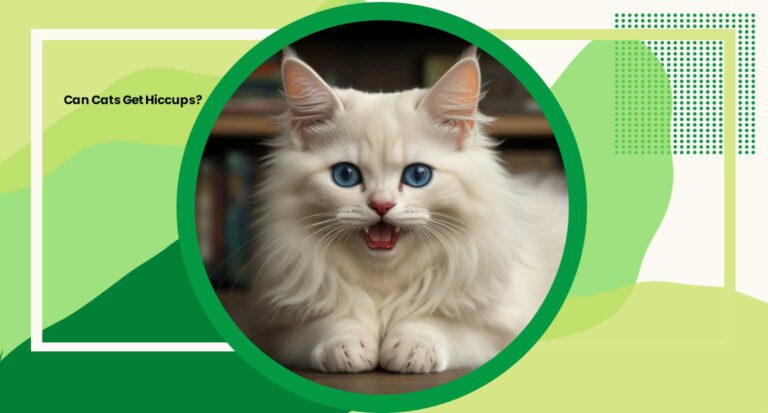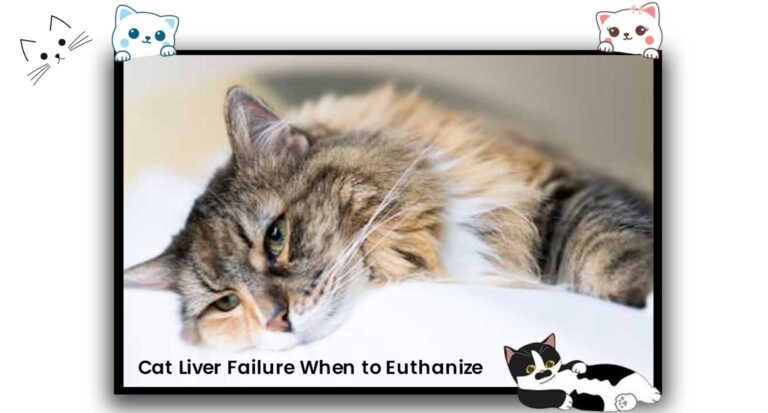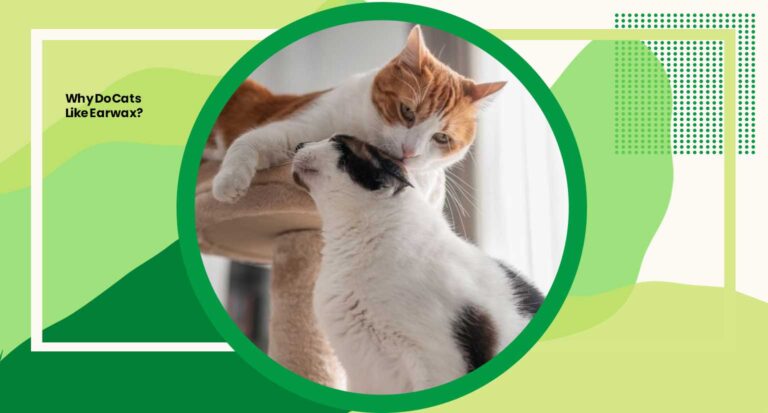Why Do Cats Pant?
Why do cats pant? I’ve often been fascinated by our feline friends’ behaviors. One such behavior that’s both intriguing and sometimes worrisome is when cats pant.
You see, while panting is typically associated with dogs, witnessing it in cats can raise curiosity and concern among pet owners like me.
Join me on a quest to uncover the reasons behind this peculiar behavior, gaining valuable insights into our beloved furry companions.
Is it safe for cats to pant?
Understanding whether panting is safe for cats is crucial for responsible pet ownership. Discovering the underlying causes and implications of panting in felines can help ensure their well-being.
Let’s explore this aspect further to better care for our beloved cats.
Risks and concerns
Panting in cats might seem uncommon, and while it’s generally not a behavior they exhibit regularly, it’s essential to understand the potential risks associated with it.
Excessive panting in cats can sometimes signal an underlying problem or pose risks to their health.
Possible reasons for panting in cats
Various factors could prompt panting in felines. These include overheating, stress, anxiety, exertion, or even certain medical conditions such as heart or respiratory issues.
Identifying the underlying cause is crucial in determining the level of risk associated with this behavior.
Monitoring and seeking professional guidance
Occasional panting might not immediately warrant concern, closely monitoring your cat’s panting patterns, especially if it becomes frequent or prolonged, is essential.
Consulting a veterinarian is advisable to rule out any potential health issues and ensure the well-being of your furry companion.
Nuances of your cat’s behavior and being vigilant about changes can play a vital role in maintaining their health and happiness.
Why do cats lick you?
Cats are known for their unique behaviors, and one that often perplexes but delights pet owners is their tendency to lick.
Understanding the reasons behind why cats lick their human companions can provide insights into their communication and affectionate nature.
Let’s unravel the mysteries of this feline behavior.
Reasons behind feline licking behavior
Cats express their affection and communication in various ways, and licking is one of their intriguing behaviors that serve multiple purposes.
Showing affection and bonding
Licking is a common display of affection in cats. When a cat licks you, it’s akin to grooming behavior seen among their feline companions.
It signifies a bond and is a way for them to show their trust and closeness to their human family.
Marking territory and claiming ownership
Cats also lick to mark their territory. Their saliva contains scents that are unique to them, allowing them to claim ownership of an area or a person.
So, when your cat licks you, it’s not only a sign of affection but also a way of marking you as a part of their territory.
Seeking attention or communicating needs
In some cases, licking can be a way for cats to seek attention or communicate their needs. If your cat licks you persistently, it might be signaling a desire for interaction, food, or simply wanting your attention.
Do cats understand if you meow?
Exploring the fascinating communication between cats and humans opens a window into understanding if our feline friends comprehend our attempts to communicate through meowing.
Delving into this aspect sheds light on the complex dynamics of interspecies communication. Let’s uncover whether cats truly understand our attempts at meowing.
Dynamics of human-cat communication
Cats possess a sophisticated understanding of communication within their species, relying on an intricate system of vocalizations, body language, and scents to convey messages.
However, their understanding of human language, including meowing, is more nuanced.
Interpreting human attempts at meowing
When humans meow, cats may not comprehend the words themselves, as they lack the cognitive ability to interpret human language.
However, they can gauge our emotions, intentions, and the tone of our vocalizations. Cats are observant creatures; they may associate our meows with the context in which they’re used, such as during play, feeding, or affectionate moments.
Recognizing patterns and associations
Through repeated interactions, cats can form associations between specific human vocalizations (such as meowing) and certain outcomes or actions.
For instance, they might learn that a particular meow from their human companion precedes mealtime or play. This association might influence their responses to human vocal cues.
Non-verbal cues and the human-cat bond
While cats might not understand human language, they excel in reading body language, facial expressions, and gestures.
They respond more to the emotional context and non-verbal cues, building connections based on these shared interactions.
Enhancing communication through consistency
Consistency in behavior and positive interactions can bridge the communication gap between humans and cats.
Establishing routines and using consistent cues or signals can aid in creating mutual understanding and strengthening the bond between a cat and its human companion.
The intricate dance of communication between humans and cats might not rely on verbal language, but rather on shared experiences, emotional connections, and consistent interactions, fostering a unique and rewarding relationship between two different species.
Why your cat is panting?
Heavy breathing or panting in cats can be a significant indicator of potential health issues. Being attentive to accompanying symptoms is crucial for timely intervention and care.
Rapid or labored breathing
Observe if your cat’s breathing becomes unusually fast or appears to require more effort than usual. Rapid breathing might manifest as shallow breaths or a visible heaving of the chest.
Labored breathing can indicate respiratory distress or a compromised airway.
Open-mouthed breathing
Cats typically breathe through their noses, so panting with an open mouth could signify distress or an inability to get enough oxygen. This behavior is uncommon in cats and warrants immediate attention.
Unusual body posture
Pay attention to your cat’s body posture while breathing. Labored breathing might be accompanied by specific postures such as crouching, hunching, or extending the neck while breathing.
Such positions often indicate the cat is struggling to breathe comfortably. When witnessing these signs, it’s crucial to assess the severity and duration of the symptoms.
Persistent heavy breathing or panting, especially when combined with other concerning symptoms like lethargy, lack of appetite, or blue-tinged gums, indicates an emergency requiring immediate veterinary care.
Gums and tongue color
Inspect your cat’s gums and tongue for any alterations in color, which might indicate issues with oxygenation.
Normally, a cat’s gums should be pink, and their tongue should also have a pinkish hue. Pale or bluish gums/tongue might suggest a lack of oxygen circulation, potentially indicating severe respiratory or cardiovascular problems.
Accompanying behaviors
Be vigilant for additional behaviors accompanying panting, as they can provide crucial insights into your cat’s condition:
- Distress: Observe if your cat appears distressed or agitated. Signs of distress can include restlessness, vocalizations, or an anxious demeanor.
- Lethargy: Notice if your cat becomes unusually lethargic, lacking energy, and showing disinterest in activities or interactions that typically engage them.
- Loss of appetite: Changes in eating habits, such as a sudden loss of appetite, refusal to eat, or reluctance to approach food, could indicate underlying health issues.
- Other unusual behaviors: Watch for any unusual behaviors, such as hiding, seeking isolation, excessive grooming in a specific area, or any sudden changes in behavior patterns.
Combining observations of gum and tongue color with accompanying behaviors provides a more comprehensive picture of your cat’s condition.
If you notice abnormal gum/tongue color alongside distressing behaviors, it’s imperative to seek immediate veterinary attention to address potential serious health concerns.
Understanding these indicators allows for swift action, ensuring your cat receives timely care and treatment.
Why immediate veterinary care is essential
Panting in cats can stem from various causes, including stress, heat, or potentially life-threatening conditions like heart or respiratory issues.
Swift veterinary attention is crucial when heavy breathing or panting occurs, as early intervention can make a significant difference in your cat’s prognosis and well-being.
Prompt diagnosis and treatment are vital in ensuring your cat receives the necessary care and support.
Recognizing symptoms of Heavy Breathing or Panting
Understanding the signs associated with heavy breathing or panting in cats can assist in identifying potential health concerns:
Additional symptoms to consider
- Unusual sounds: Listen for any wheezing, rasping, or other abnormal noises during breathing.
- Excessive drooling: Check for drooling, which might accompany heavy breathing and indicate potential oral or respiratory issues.
- Increased heart rate: Measure your cat’s heart rate (normal range: 140-220 beats per minute), as an elevated heart rate could indicate distress.
- Lack of response to normal stimuli: Note any changes in your cat’s responsiveness or alertness, as this could signal underlying discomfort or distress.
Urgency of veterinary attention
Panting in cats can be a symptom of serious health issues, such as heart failure, respiratory problems, or heatstroke.
Delaying veterinary care in such instances might worsen the condition and compromise your cat’s health.
Final thoughts
Recognizing and promptly responding to signs of heavy breathing or panting in your cat is crucial.
Remember, early intervention can make a significant difference in your cat’s recovery and overall health.
Why is my cat panting like a dog after playing?
After energetic play sessions, some cats might exhibit panting behavior resembling that of dogs. Several factors could contribute to this:
Physical exertion and heat dissipation
Cats regulate their body temperature primarily through panting. When engaged in vigorous play, especially in warm environments, panting helps them release excess heat accumulated during activity.
Panting serves as a natural mechanism for heat dissipation.
Stress and excitement
Intense play or excitement can trigger stress responses in cats, leading to rapid breathing and panting. High arousal levels during play can mimic stress-induced panting seen in various situations.
Underlying health considerations
While post-play panting is often normal, it’s essential to note any excessive or prolonged panting. In some cases, underlying health issues like respiratory problems or heart conditions can manifest through increased breathing post-activity.
Observation and intervention
Monitor your cat’s panting behavior after play sessions. If the panting is excessive, accompanied by other concerning symptoms, or if your cat seems distressed, consulting a veterinarian is advisable. Professional guidance can help rule out any potential health issues and ensure your cat’s well-being.
Understanding the reasons behind your cat’s panting after play sessions allows you to differentiate between normal behavior and potential health concerns, ensuring your feline friend’s optimal health and happiness.
Conclusion
Understanding why cats pant unveils a spectrum of reasons behind this behavior. From managing heat to expressing stress or underlying health concerns, panting serves as a signal of various conditions in feline companions.
Recognizing the nuances of panting in cats enables pet owners to respond promptly and appropriately to their needs, ensuring their health and well-being.
By staying attentive to their behaviors and seeking veterinary guidance when necessary, we can provide the best care for our beloved furry friends.







